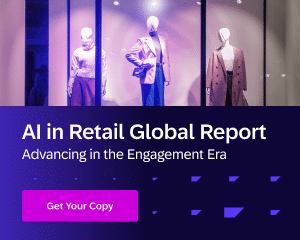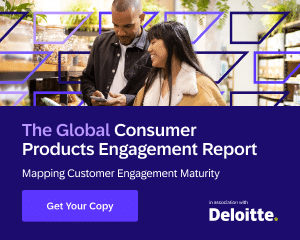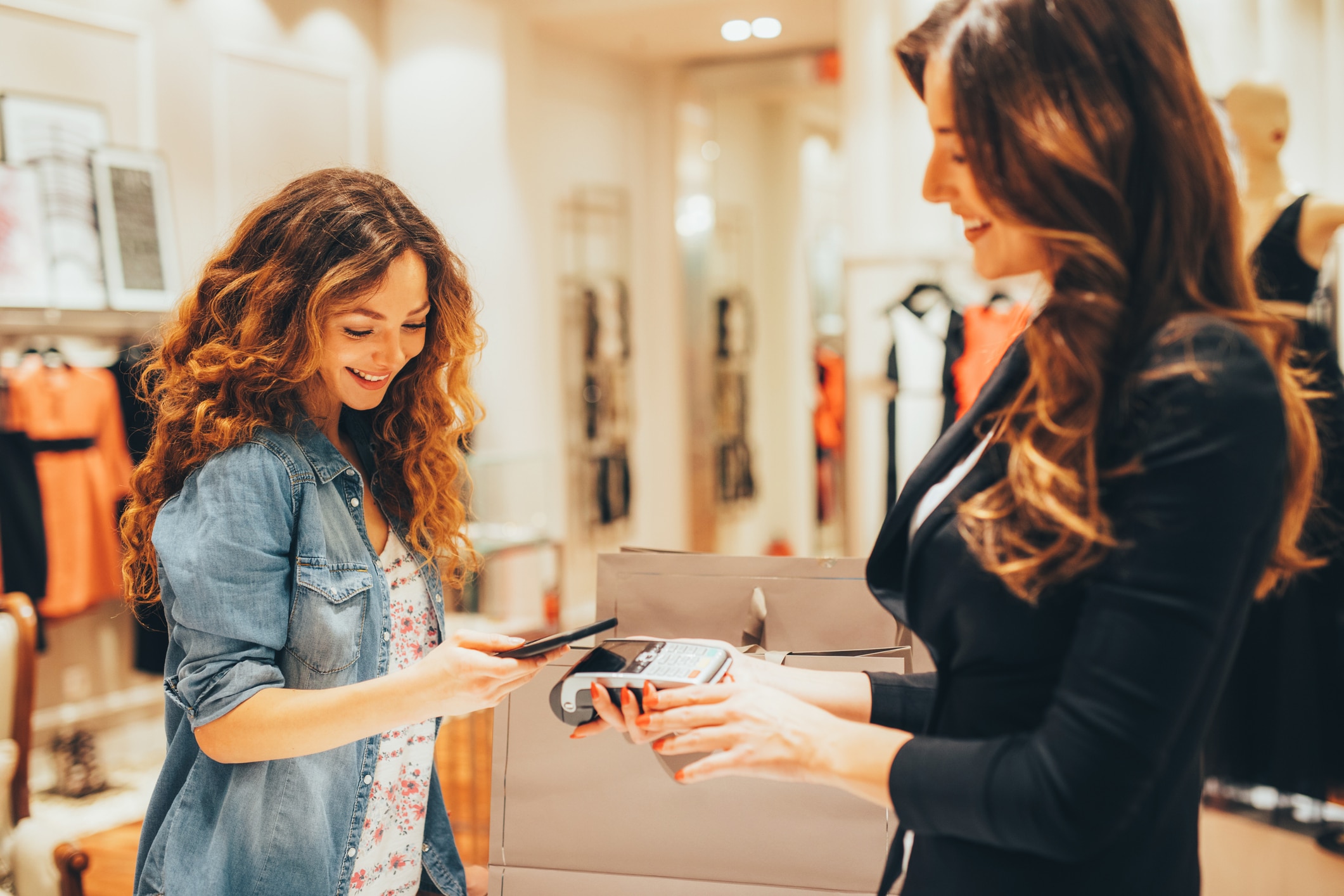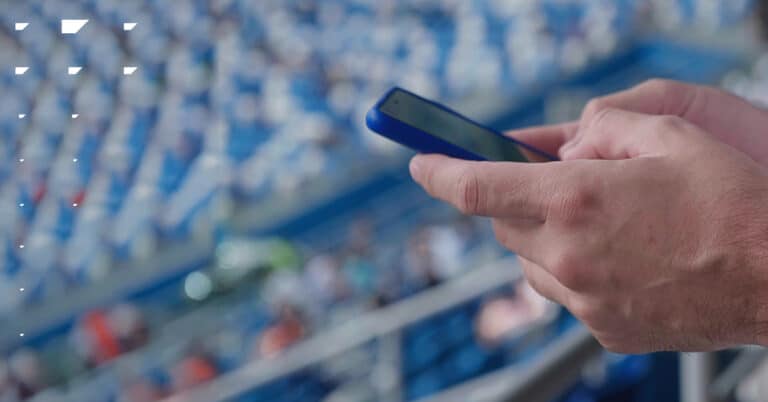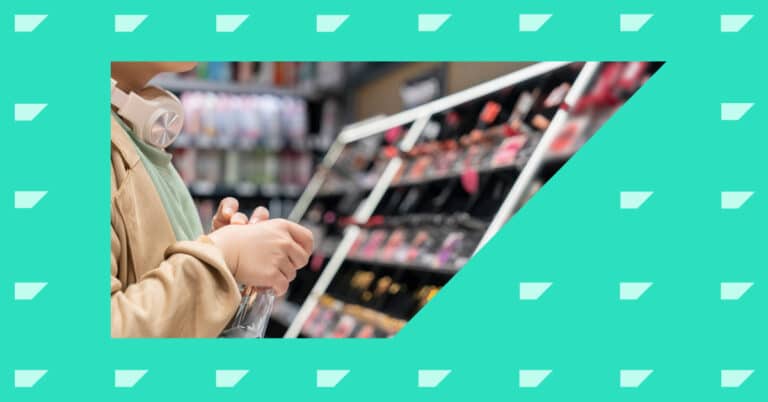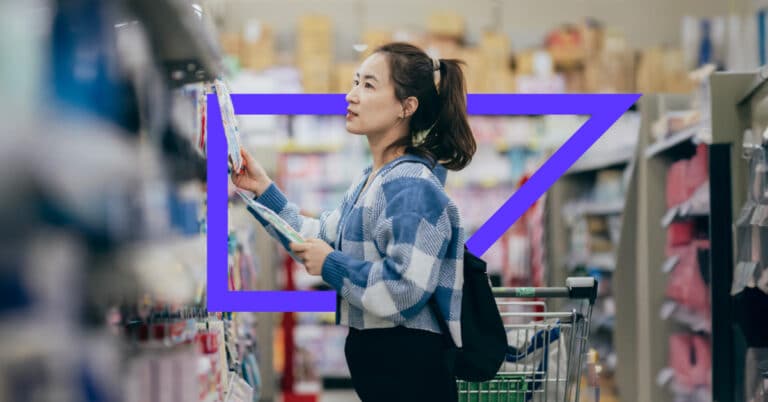Many retail and e-commerce markets are oversaturated. This is especially noticeable during the holiday shopping season. So unless you happen to have a truly disruptive product or service, prepare for some stiff competition.
Competitors may be selling something similar to what you have. And they’re all clamoring for the attention of your customers with their marketing and promotional efforts. Throughout the holidays, it’ll be especially loud.
Among the din of your noisy competition, your product or service alone — no matter how good it is — may not be enough to get the attention of customers. But the incentives you offer to your customers can tip the scales in your favor. As we move into the thick of the holiday shopping season, consider using incentives to win more customers and increase sales.
The Value of Incentives
The idea of offering incentives to entice customers is not new. Back in 1881, businessman William Wrigley, Jr. drove sales of baking powder by including two packs of chewing gum with each unit sold. Sure, customers enjoyed the product, but they also loved the extra bonus that came with it. (Little did Wrigley Jr. know this incentive would become more popular than the product itself, thus giving birth to the Wrigley Gum empire).
Over time, customers have become accustomed to promotions and incentives. From a customer perspective, incentives increase the perceived value of a purchase. From a business perspective, incentives help brands establish goodwill. According to research from Virtual Incentives, 75% of customers feel more favorable to a brand that offers incentives.
Keep in mind — even though it worked for Wrigley Jr., incentives don’t have to be tangible goods. From a marketing perspective, an incentive is anything that encourages a customer to take action (i.e., make a purchase). They come in many forms, the most common being discounts, services, “freebies,” or other courtesies.
Other incentives are less obvious, and have more to do with human psychology than providing value:
- Scarcity (i.e., displaying “low stock” items)
- FOMO, or Fear Of Missing Out (i.e., displaying items already “sold out”)
- Social Proof (i.e., number of purchases made, or “top reviews”)
The problem with these psychological incentives is that they won’t make customers feel appreciated, or drive customer loyalty, the way that value-added offers will. You can use these incentives to drive purchases, but they won’t have as much of a positive impact on your customer base.
Incentives Have Become Expected
Because incentives are so effective, marketers have relied on them heavily. In some cases, too heavily. As a result, customers have been trained to wait for and respond to incentives. Customers now expect incentives, especially during the holidays. We see this in the data:
- According to userlike.com, 50% of customers won’t make a purchase unless it is part of a promotion or special offer.
- A National Retail Federation report shows that 75% of consumers expect free delivery on purchases, even on orders less than $50.
- A Virtual Incentives study shows that incentives are one of the most important considerations in a customer’s purchase, second only to price itself, and far ahead of brand preference.
Though they are becoming an expectation rather than a generous perk, incentives continue to have a powerful impact on sales and purchase behavior. During peak shopping seasons, the strength of your brand will only take you so far. But offering incentives will have a positive impact on the favorability of your brand. And when used correctly, they can also increase customer loyalty.
Not All Incentives Are Created Equally
Choose the incentives you offer wisely. Incentives should provide value and encourage customer purchases. Don’t make your customers jump through hoops to get them. Don’t allow the process to cause unnecessary friction at the point of sale. Also, don’t offer incentives that risk tarnishing or devaluing the brand. And whatever you do, don’t offer incentives that push the company to the brink of ruin with excessive discounts that destroy your margins (this Hoover Vacuum story might be the most frightening example).
So what does a good incentive look like? Here are some incentives to think about for your upcoming holiday season sales:
Upgrade with Purchase
You’ll see this technique more often with companies that sell tiered versions of a product, like airlines or software companies. Delta Airlines offers upgrades at the point of sale. Avid Software offers upgrade options with purchase of their basic software products.
Offering an upgrade with purchase is a nice incentive because it gives customers peace of mind — if during (or in some cases, after) the purchase they want to upgrade to a higher tier, they can do so for a prorated cost without having to purchase an entirely new product. However, customers still have to make their initial purchase without any concession from the brand. This means it’s less value-additive.
Free Samples
It’s not hard to find companies willing to offer free samples. It makes sense — give your customer a sample, and if they like it, they’ll come back for more. This is especially true for retail companies like Sephora, who give out free beauty samples to interested customers.
Free samples are great for incentivizing customers to provide some basic information (name, email, etc.). The downside: some customers are happy to simply enjoy the freebies without ever making a purchase. There’s no guarantee that they’ll come back to buy.
Bulk Discounts
Bulk discounts or volume discounts can incentivize customers to buy in larger quantities. A popular example is the six-bottle — or “case” — discount that wine retailers like Total Wine frequently offer. Customers receive an extra 10% off their entire sale when buying six or more bottles.
Bulk discounts can be quite effective at driving volume. This incentive is worth considering, unless your product is a high-priced item that customers are less inclined to buy in bulk.
Free Gift Wrapping
This might seem like a simple incentive, but this extra level of service can win a lot of customers. Customers are busy and overwhelmed during the holiday season. They have to travel, they have to shop. On top of that, they have to wrap gifts.
Retailers like Aveda and Bobbi Brown offer to wrap gifts at no charge. This is enticing for customers who need a great gift but are short on time. Not every customer will see the value in this, but many will be grateful for the time, energy, and money that a free gift wrapping service will save them.
Free Shipping
A common point of friction between customers and making an online purchase is shipping. Unlike a brick-and-mortar shopping experience, online purchases require customers to wait for their product to arrive, and worse — they have to pay extra for the shipping. This can feel like a slap in the face for customers. Offering to ship customers their purchases at no charge salves the pain.
Free shipping is the holy grail of e-commerce incentives. A whopping 96% of online shoppers polled by lab42.com are more likely to shop on a website that offers free shipping. That means nearly every shopper can be incentivized by free shipping. That same research shows that 79% would rather have free shipping than a discount. What does this mean? Find a way to offer free shipping, and you’re practically guaranteed to win the customer. Bonus points if you can offer free returns.
Final Thoughts
The holiday season is the time of year when your customers are more apt to spend. And they’ll spend a lot, so long as you’re willing to give them more for their money. Reward your customers for their business by offering them incentives.
Incentives are quite powerful because they make customers themselves feel special. To them, a great incentive is more than just a sales promotion. It’s an indicator that you genuinely value their business and patronage.
To make this Q4 a truly winning quarter, you’ll want to use a wide range of strategies to boost revenue and customer growth. Competition will be fierce, and there will be a great deal of marketing commotion to contend with. But the strategic use of incentives is one of the most effective marketing strategies you can use to increase sales, drive results, and — most importantly — make your customers happy.
Handpicked Related Content:
